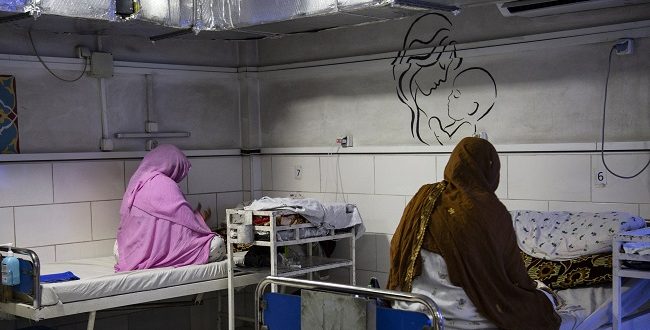Afghan women face alarming maternal mortality rates

KABUL – In a harrowing revelation, the latest World Health Organization figures paint a grim picture of maternal mortality in Afghanistan, with a staggering 638 women dying for every 100,000 viable births as of 2017. This alarming rate stands in stark contrast to the United States, where the figure is only 19 deaths per 100,000 births.
UN spokesman Stephane Dujarric recently highlighted the severity of the situation, stating that Afghanistan is among the worst countries globally for deaths in childbirth, with “one woman dying every two hours.” Disturbingly, the Afghan health ministry has remained silent despite repeated requests for comment on this urgent matter.
The grim statistics further conceal the vast disparities between rural and urban areas. Terje Watterdal, country director for the non-profit Norwegian Afghanistan Committee (NAC), revealed that in remote regions, they witnessed a shocking 5,000 maternal deaths per 100,000 births. Women in these areas face perilous journeys to hospitals, with some even losing their lives while being carried over mountains by men.
The return of the Taliban in August 2021 has exacerbated the crisis. A notable “brain drain” of medical expertise has occurred, as many gynaecologists have left the country. Taliban authorities have also expressed resistance to mobile medical teams visiting women, citing concerns about controlling the health messages provided.
Under the Taliban regime, women have experienced increased restrictions on public life and education, jeopardizing the future of female medical professionals. Access to antenatal and postnatal care has become even more complicated, with Filipe Ribeiro, MSF director in Afghanistan, pointing to both government measures and the failings of the healthcare system.
Financial strains on families, exacerbated by the country’s economic crisis, intensify the risks associated with childbirth. In public hospitals where midwives are overworked and underpaid, women must provide their own medicine, and the cost of delivery, approximately $29, poses a significant burden for many families. As a result, an estimated 40 percent of Afghan women opt to give birth at home, a figure that rises to a staggering 80 percent in remote areas.
Amidst this crisis, there are glimmers of hope. A first-of-its-kind maternity center, established by NAC in Paktia province’s capital, Gardez, aims to reduce risks for women. This facility, run by women for women, provides a ray of hope for sisters in isolated areas who face daunting challenges in accessing proper maternal care.
The struggle to keep mothers alive during childbirth in Afghanistan is a pressing issue that demands urgent attention, as the nation grapples with a maternal mortality crisis of unprecedented proportions.
Culled from Afghanistan Times

